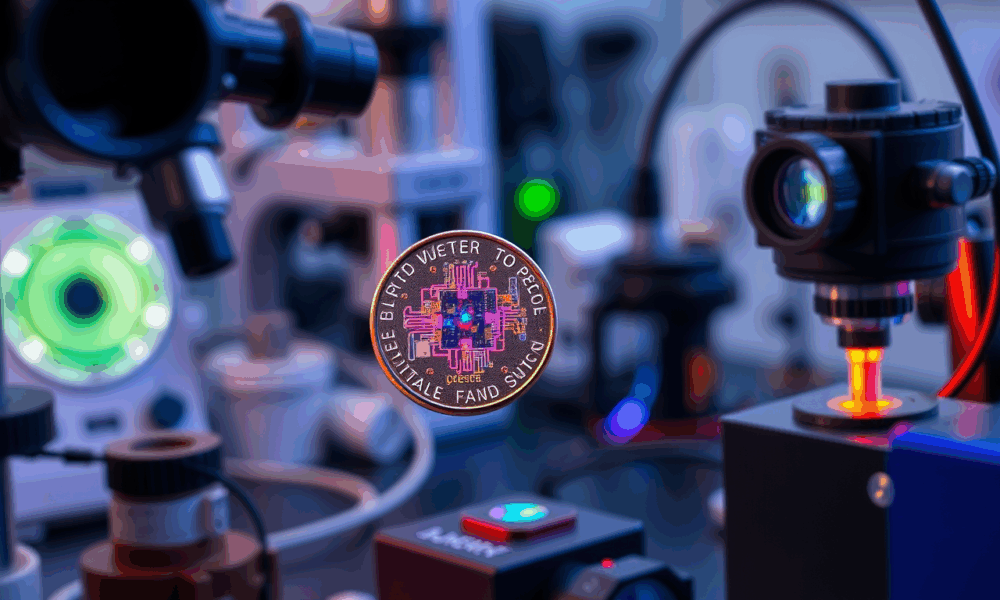
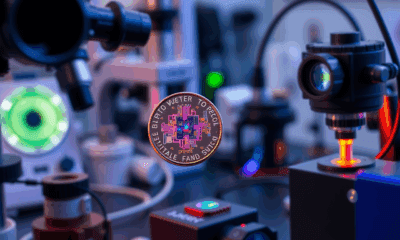

Researchers have engineered a laser device smaller than a penny that they say could power everything from the LiDAR systems used in self-driving vehicles to gravitational...



Physicists have developed a lens with 'magic' properties. Ultra-thin, it can transform infrared light into visible light by halving the wavelength of incident light.



Researchers have demonstrated a new technique that uses lasers to create ceramics that can withstand ultra-high temperatures, with applications ranging from nuclear power technologies to spacecraft...
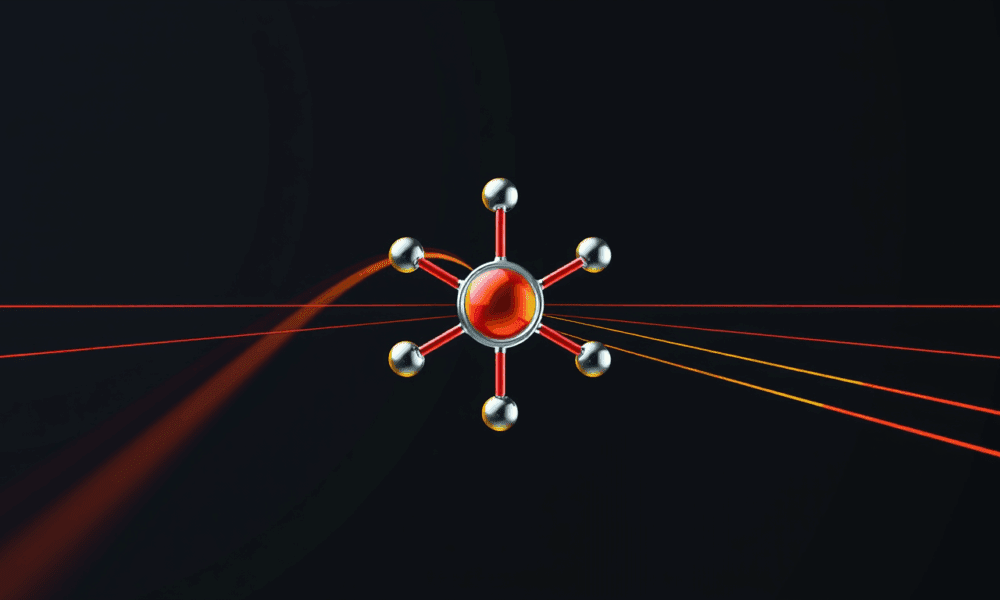
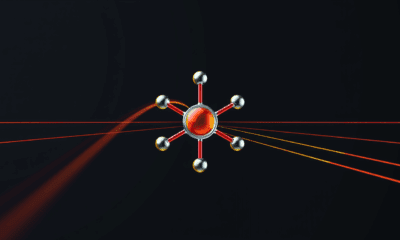

Researchers proposed a novel strategy for using a magnetic field to boost the efficiency of single-atom catalysts -- thus speeding up helpful reactions used for ammonia...



Materials scientists have succeeded in creating a genuine 2D hybrid material called glaphene.



Scientists have developed a powerful new tool for finding the next generation of materials needed for large-scale, fault-tolerant quantum computing. The significant breakthrough means that, for...



Researchers present new experimental and theoretical results for the bound electron g-factor in lithium-like tin which has a much higher nuclear charge than any previous measurement....
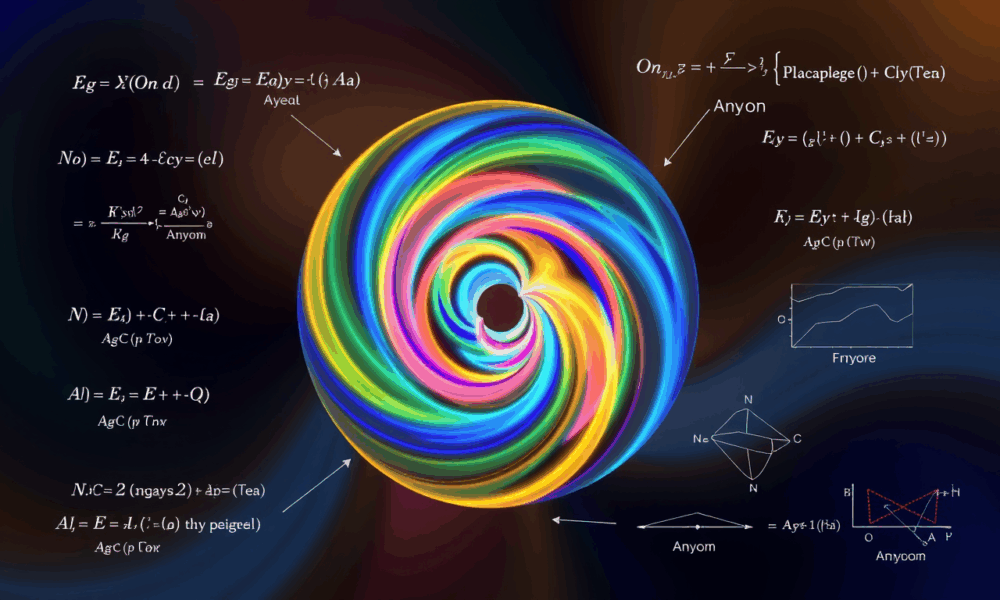
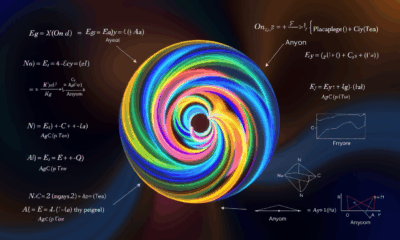

Scientists have observed anyons -- quasiparticles that differ from the familiar fermions and bosons -- in a one-dimensional quantum system for the first time. The results...
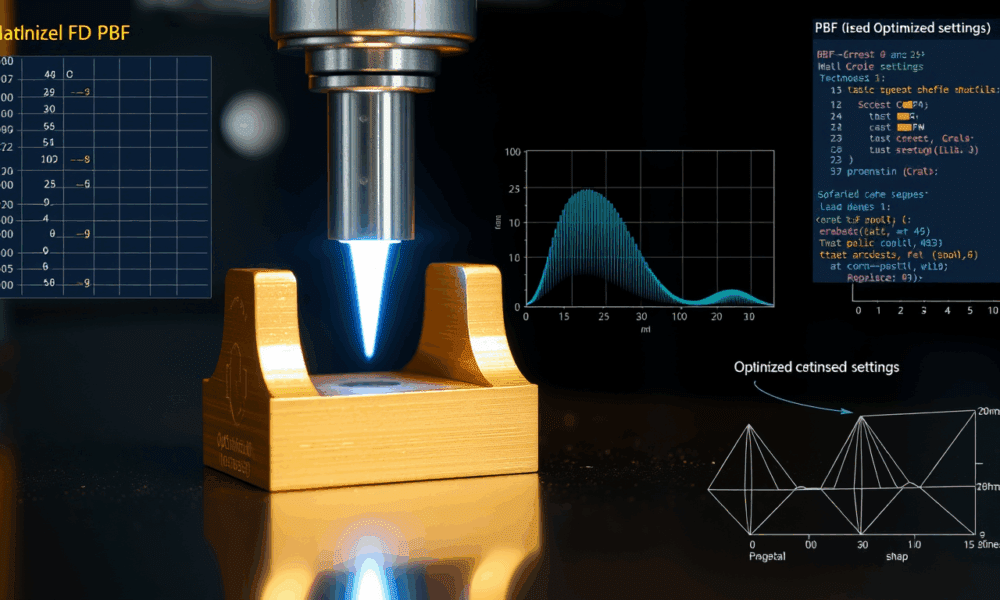
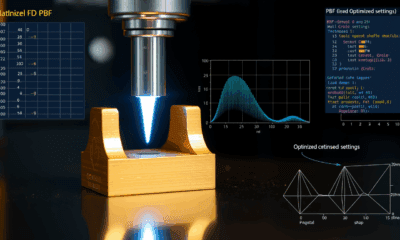

Laser-based metal processing enables the automated and precise production of complex components, whether for the automotive industry or for medicine. However, conventional methods require time- and...



A research team has discovered ferroelectric phenomena occurring at a subatomic scale in the natural mineral Brownmillerite.